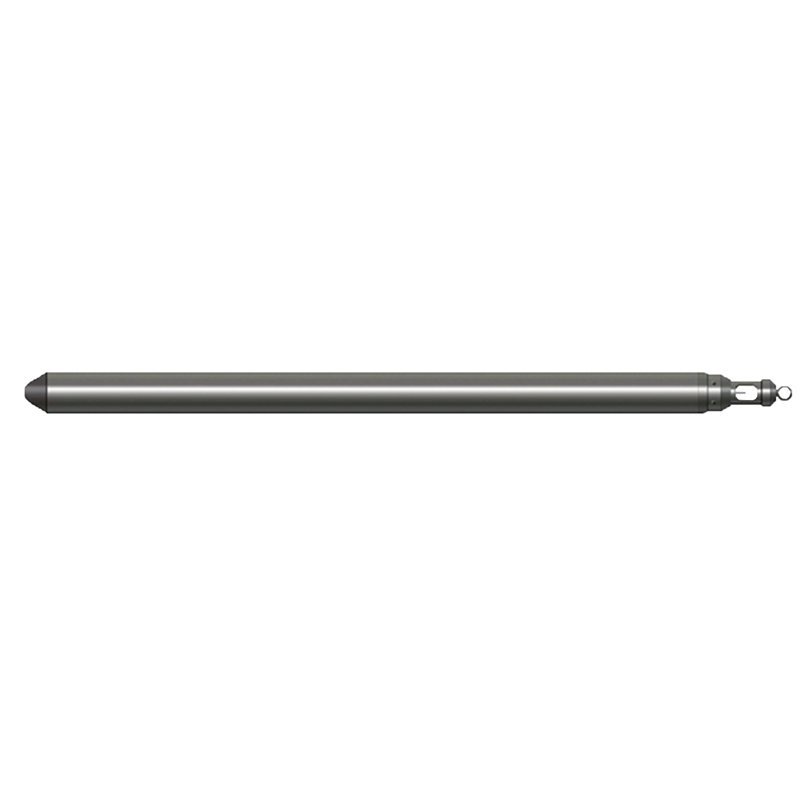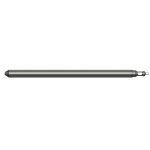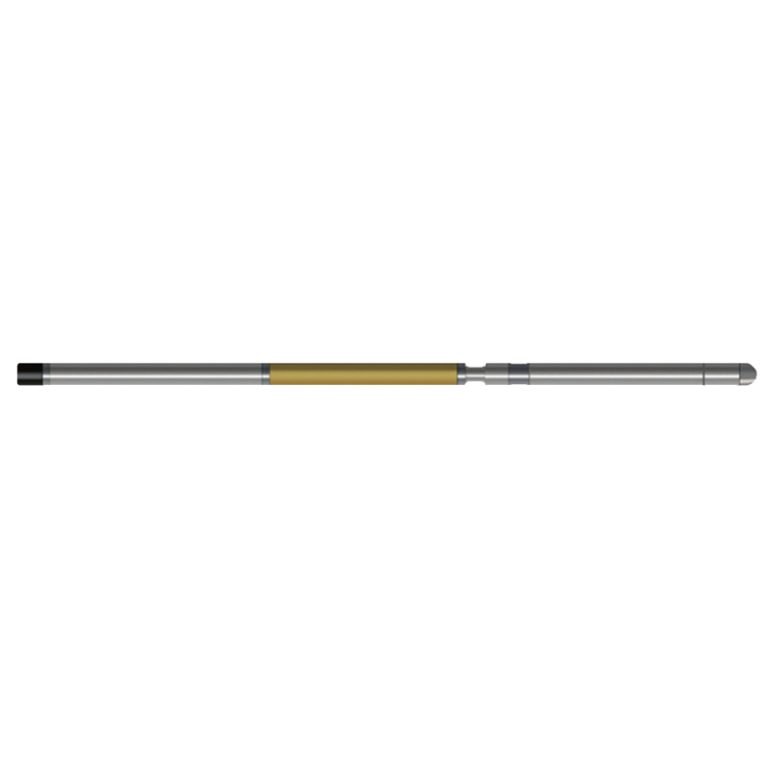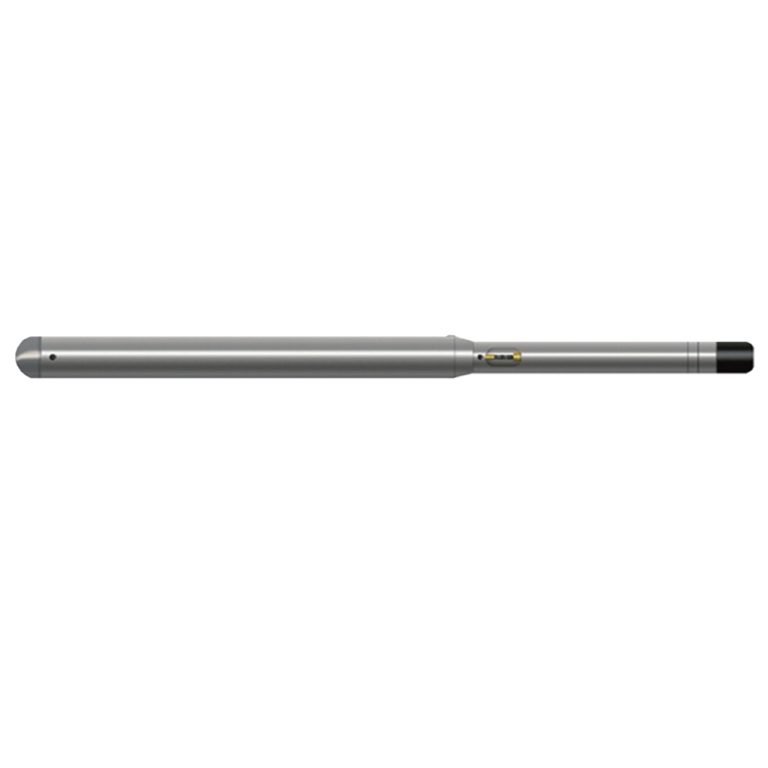Welcome to Geotech!

JFSW-H(W) Probe
PRODUCT PARAMETERS
- The probe digitizes the measured formation information and transmits it to the surface in encoding, avoiding the influence of cables on the measured data.
- Constant power and adaptive measurement, no manual operation is required.
Description
JFSW-H(W) Geothermal Combination(Temperature&Gamma) Probe
 Abstract
Abstract
JFSW-H(W) Geothermal Combination (Temperature&Gamma) Probe combines pressure, well temperature, thermal gradient and natural gamma measurement parameters into one, which can improve logging efficiency. It adopts the measurement method without logging cable, with a designed maximum operating temperature of 250℃/6 hours and a designed maximum pressure resistance of 100MPa, which is suitable for use in high-temperature deep holes.

 Applicable Conditions
Applicable Conditions
● Cased
● Bare hole fill with water or mud
● Bare Dry hole
 Applications
Applications
● Divide stratigraphic interfaces and determine changes in stratigraphic facies
● Geothermal resources survey and research
● Determine the heat-producing layer, gas-producing layer, and soluble matter layer
● Geological disaster prevention and control engineering
 Features
Features
● It is realized by using platinum resistance sensor Pt-1000, which has high temperature measurement accuracy and good stability.
● The single chip microcomputer (MCU) automatically compensates the pressure zero drift according to the temperature change
● It is easy to use and the equipment is simple.
 Specifications
Specifications
| Gamma ray detection sensor | Nal crystal + photomultiplier tube |
| Gamma ray detection and counting range | 0~65000CPS;Accuracy: 5%F.S |
| Gamma ray detection energy threshold | ≥0.06MeV |
| Well temperature measurement range | 0~250℃;Well temperature resolution: 0.025℃ |
| Temperature gradient measurement range | 0.02℃/m~2℃/m(when measuring speed ~600m/H) |
| Well temperature measurement sensor | Pt-1000 |
| Instrument pressure | ≤80MPa; Instrument temperature resistance: -10℃~+250℃; Continuous working for 10 hours |
FAQ
① In SI, it is m·s-2, and one percent of it is the international unit abbreviation g.u.;
② Conversion between SI and CGS: 1g.u.=10-1 mGal
Gravitational field: The space around the earth with gravity is called the gravitational field.
Gravitational potential: The gravitational potential W in the gravitational field is equal to the work done by a particle of unit mass moving from infinity to that point.
① The normal gravity field of the earth: Assuming that the earth is a rotating ellipsoid (reference plane), the surface is glossy, the internal density is uniform, or it is distributed in concentric layers, the density of each layer is uniform, and the deviation of the shape of the ellipsoid from the geoid is very small, then the gravity field generated by the earth is the normal gravity field.
② The normal gravity value is only related to the latitude, the smallest at the equator and the largest at the poles, with a difference of about 50,000 g.u.; the rate of change of the normal gravity value with latitude is the largest at 45° latitude, and zero at the equator and the poles; the normal gravity value decreases with increasing altitude, and its rate of change is -3.086 g.u.. The main feature of the long-term change is the "westward drift" of the geomagnetic elements, both the dipole field and the non-dipole field drift westward, and have a global nature.
The gravitational field strength is equal to the gravitational acceleration in both numerical and dimensional terms, and the two are in the same direction. In gravity exploration, all references to gravity refer to gravitational acceleration. The gravitational field strength at a point in space is equal to the gravitational acceleration at that point.
Gravity exploration is an exploration method that is based on the density difference of rocks and ores. Since density difference will cause local changes in the normal gravity field of the earth (i.e. gravity anomaly), it is used to solve geological problems by observing and studying gravity anomalies.
-1.png)








